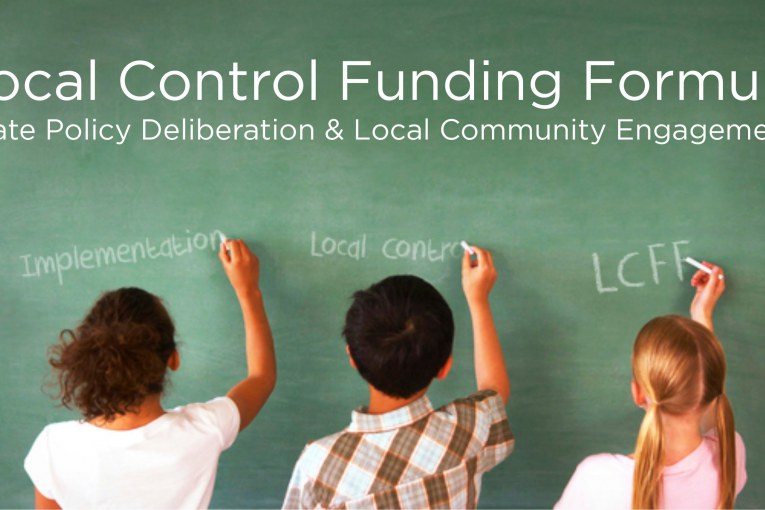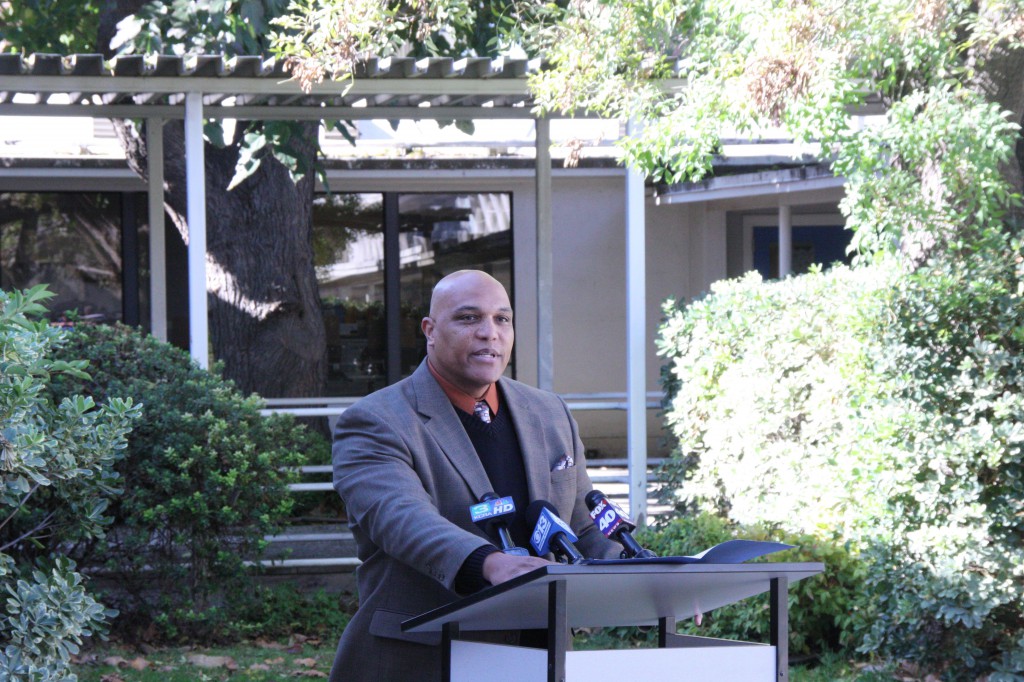

By Winfred B. Roberson, Jr.
California School Funding History
Most Californians over the age of 50 have at least vague recollections of the 1968-1977-landmark case, Serrano vs. Priest I, II & III. That historic case addressed unequal public education funding in California at a time when local property taxes went directly to local school districts. Serrano vs. Priest challenged a funding system in which communities with lower property value had to tax themselves at a higher rate to support their schools at the same level as wealthier communities. The gaps in educational quality from community to community as a result of funding variances became glaringly undeniable. Serrano versus Priest was the impetus for the 1978 passage of controversial Proposition 13. Proposition 13 was shortsighted because it limited the annual property taxes on California parcels, reduced California’s overall school funding base and ultimately required the passage of Proposition 98, which at least established a minimum-funding guarantee for California schools and ensured an “equal” distribution of those funds. Despite both proposition 13 and 98, schools have rarely been fully funded based on the formulas contained within them. As a result the overall inadequacy of funding for California schools persist as does the De Facto inequity in funding between districts.
Enters Local Control Funding Formula (LCFF)…
The fundamental tenets of the LCFF are to return local control to school districts and to help create an “equitable” K-12 public education system. California’s Local Control Funding Formula moved us from discussions of educational equality to discussions of educational “equity”. Our former funding system did not adequately address the unique learning needs of the State’s diverse student population. An unintended consequence of California’s former funding system was an inequitable allocation of resources to schools that ultimately translated into student outcome disparities. LCFF enables districts to mitigate these inequities. Governor Brown’s introduction of LCFF and its subsequent passage by Congress demonstrates an evolution of lawmakers understanding of school funding, as it relates to student outcomes. In a nutshell, LCFF marks the end of a “one-size fits all” approach to pupil funding. And finally, its counterpart, the Local Control Accountability Plan (LCAP) is intended to increase transparency of budget processes, increase stakeholder engagement and allow districts to set their own accountability standards for student outcomes.
LCFF/LCAP in Davis and Neighboring Districts
Writers of the LCFF acknowledged that it costs more to educate disadvantaged students and student who are learning English as a second language than it does to educate high-income students and students with educated parents. The LCFF gives districts additional funding based on their percentages of low-income or English Language Learner targeted student populations. Twenty seven percent of Davis students are identified low-income or English Learners. That’s approximately twenty three hundred (2,300) of our eighty five hundred (8,500) students. It’s important to note that not all of our disadvantaged students are underperforming. In fact we have tracked measurable gains in their academic performances. At the same time we recognize that some our high-income students from well-educated parents are not performing as well as expected. Regardless of their background, DJUSD is committed to providing appropriate resources to help all students reach their maximum potential.
Within the context of LCFF, our percentage of low-income or language learners is low in relationship to neighboring districts. For comparison purposes, Woodland USD’s targeted student population is 71.3% and their supplemental concentration dollars, per their LCAP = $5,885,418. Respectively Washington USD’s (West Sacramento) targeted student population is 68.8% and their supplemental and concentration dollars, per their LCAP = $2,885,582.
I am frequently asked, “How does DJUSD make out under LCFF?” In 2015-15, DJUSD is projected to receive an additional $300,000 as supplemental (equity) funding to specifically serve our targeted 2,300 students. This amount is part of a larger allocation, which essentially replaces the old COLA model. DJUSD’s Mission is to equip each student with the skills and knowledge necessary to thrive in an increasingly connected world. All fiscal resources received by the DJUSD are intended to help us reach our Mission and objectives. Therefore the issue of school funding is serious to us. To make sure we are fulfilling our mission, it is imperative that Davis stakeholders join the district in the dialogue that attempts to answer the question, “What is the appropriate level of funding for our students?” Under the LCFF, the dollars have shifted to create an equitable education system but still California’s overall K-12 funding allocation remains relatively static. And in this static funding system, it has become clear to me that Davis Joint Unified School District has even less spending power than neighboring districts.
How Much Does it Cost to Appropriately Educate a Student?
Californians have never reached universal agreement or even consensus on how much it actually costs to educate a K-12 student. Prevailing discourse strongly asserts that California’s diverse student population makes it too difficult to pinpoint a specific or ideal per pupil spending amount. However, education professionals agree that current K-12 public education funding in California is not enough to meet increasing community expectations for expanded student services at schools. In recent years families have looked to their local schools to not just teach academic content but to also ensure that school environments consider their student’s social and emotional needs. Community expectations of their schools have moved far beyond the teaching of academic content. Studies have determined that greater access to information and improved search and serve techniques have made educators, parents and society as a whole much more aware of and sensitive to the fragile relationship that exists between a student’s social-emotional wellness and their academic success. In Davis we consider all three of these domains to serve our students. Davis long-term focus has always been on academic program and getting resources into the classroom. Now as we move to address the whole child we realize that having sufficient academic and crisis counselors, psychologists and social workers and school nurses is the most effective way to ensure we are addressing all three domains. As superintendent I would argue that these services are just plain vital to the healthy functioning of a modern school. Because state funding has not kept up with the demand for these services, school connected organizations like the Davis Schools Foundation and our PTA’s and PTO’s have provided soft money funding for counseling services in the DJUSD. These increased expectations leads us back to the question of how much does it cost to appropriately educate a student? We may never land on a specific dollar amount but it is clear that the current guaranteed minimum funding is not enough to meet the service expectations of California parents.
Although LCFF was not favorable for Davis schools I understand its overall purpose. In Davis we have a viable road map in our Board adopted Strategic Plan and we have a quality team of certificated and classified professionals dedicated to serve students and uphold our tradition of academic excellence and fiscal responsibility. It is true that we do not have the same per pupil spending power as neighboring districts but the DJUSD Board of Trustees and administration are committed to invest increased revenue into the program and professional employees that serve our students.
NOTE FROM VANGUARD EDITOR:
In order to provide expanded coverage of issues important to Davis, the Vanguard recently reached out to the community seeking guest authors to write articles in their areas of expertise. We have had a number of new authors contributing since the beginning of the year.
We have also received a special request. A potential contributor has asked to be allowed to submit an informational article without associated commentary. The editorial board discussed this issue and decided to accept this article as a pilot piece. If this format is well received by our readers, we would consider additional requests to submit similar informational articles in the future. Our hope is that our readers will provide us feedback on this format by contacting David or any member of the editorial board with your thoughts.